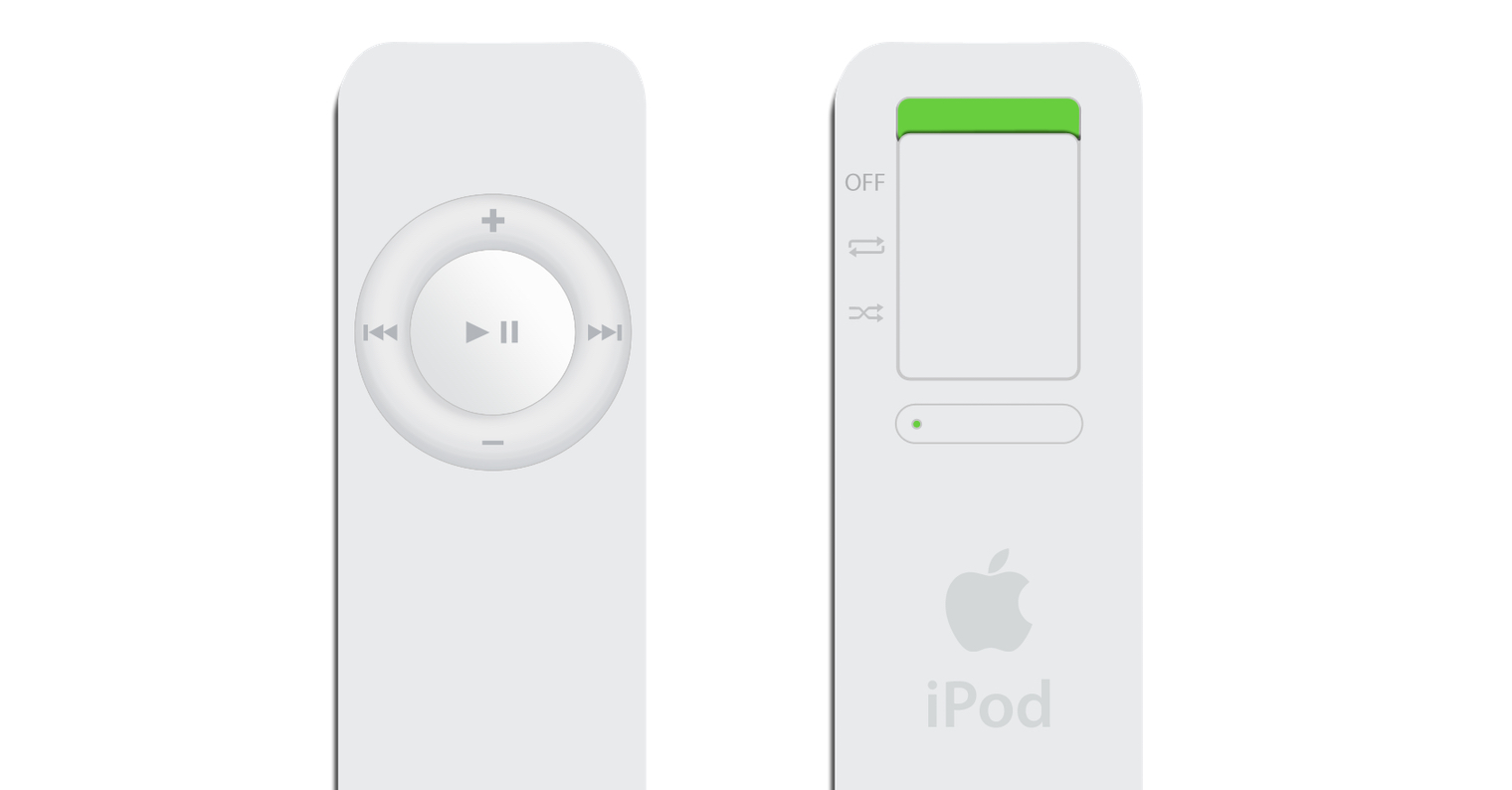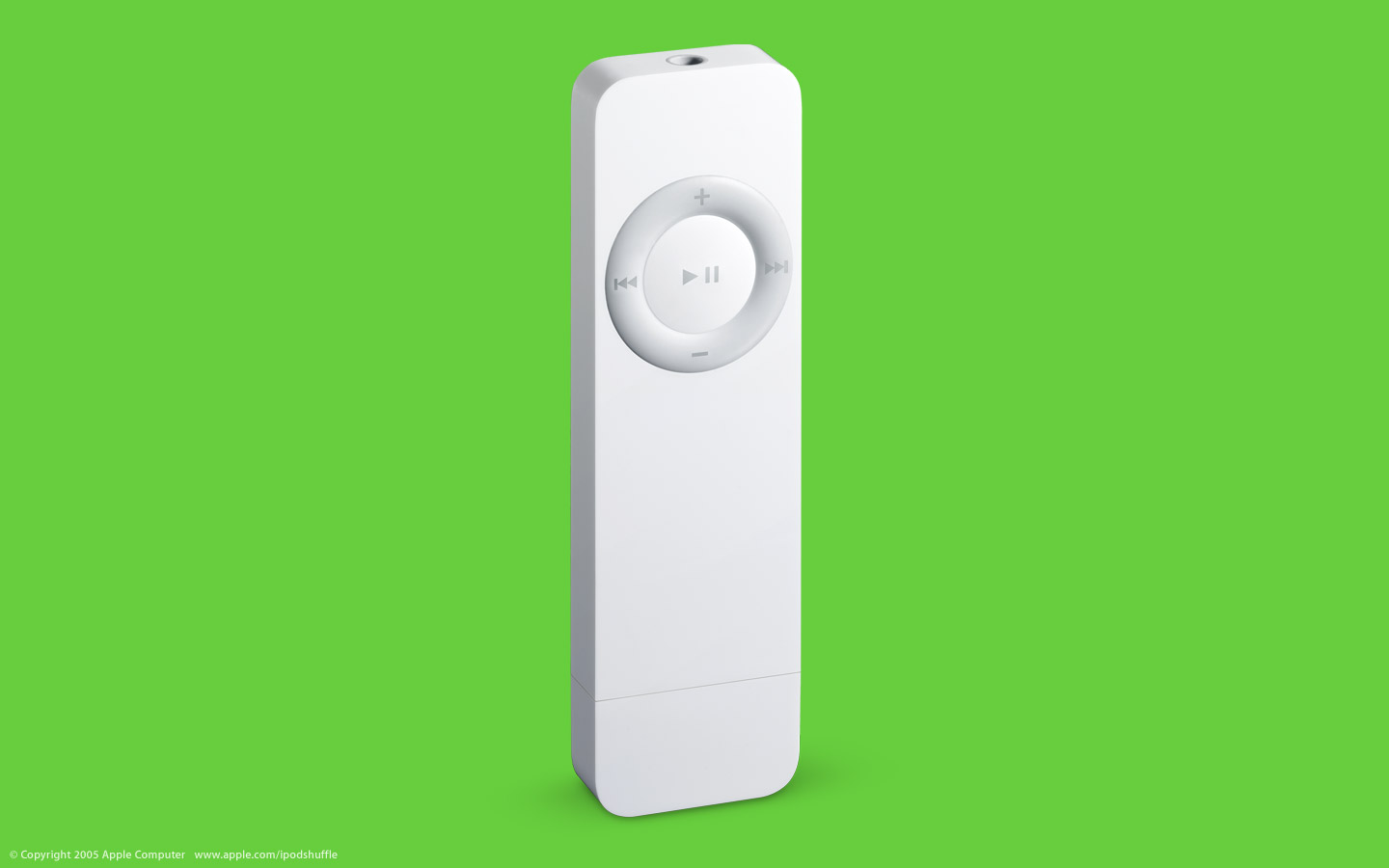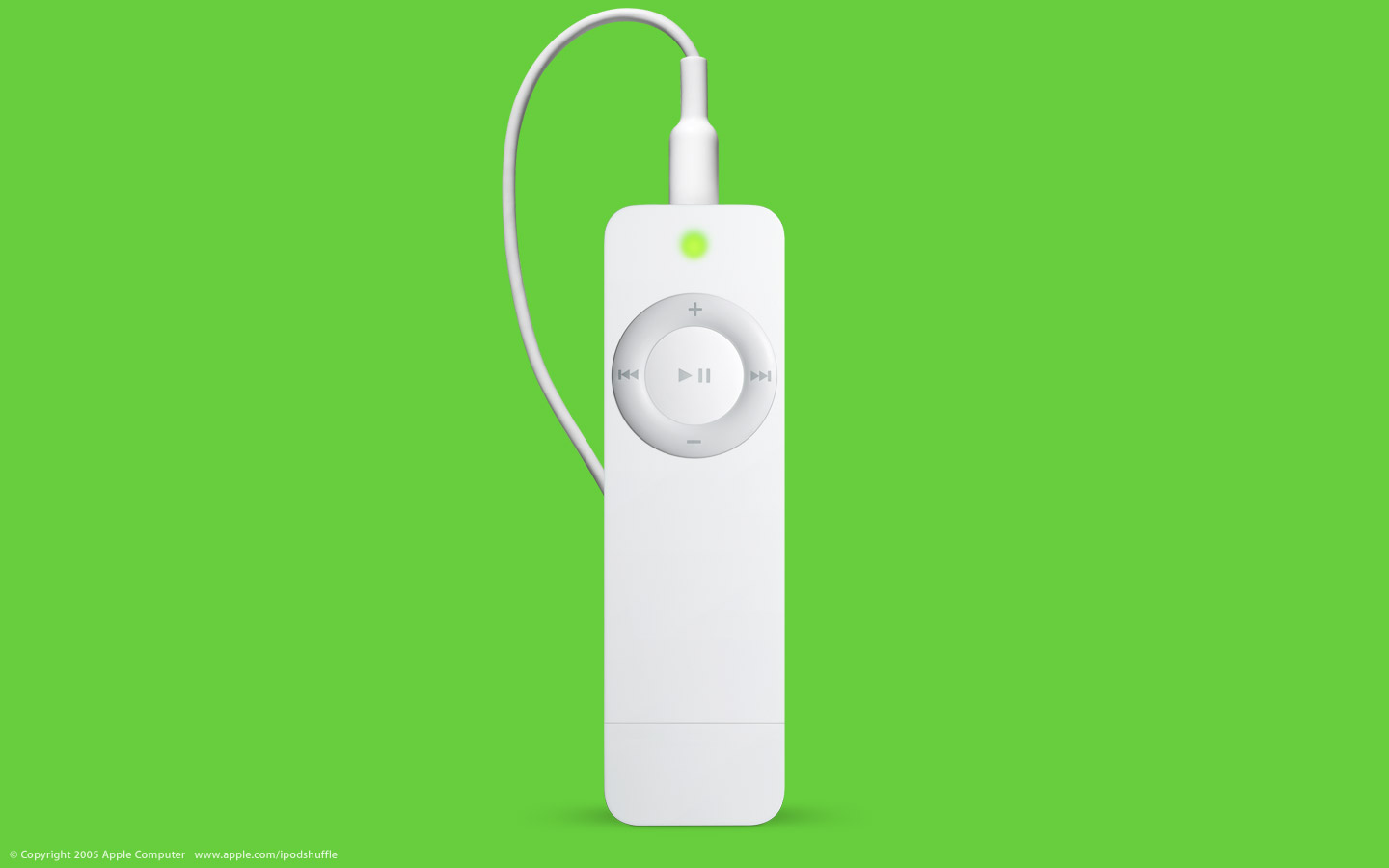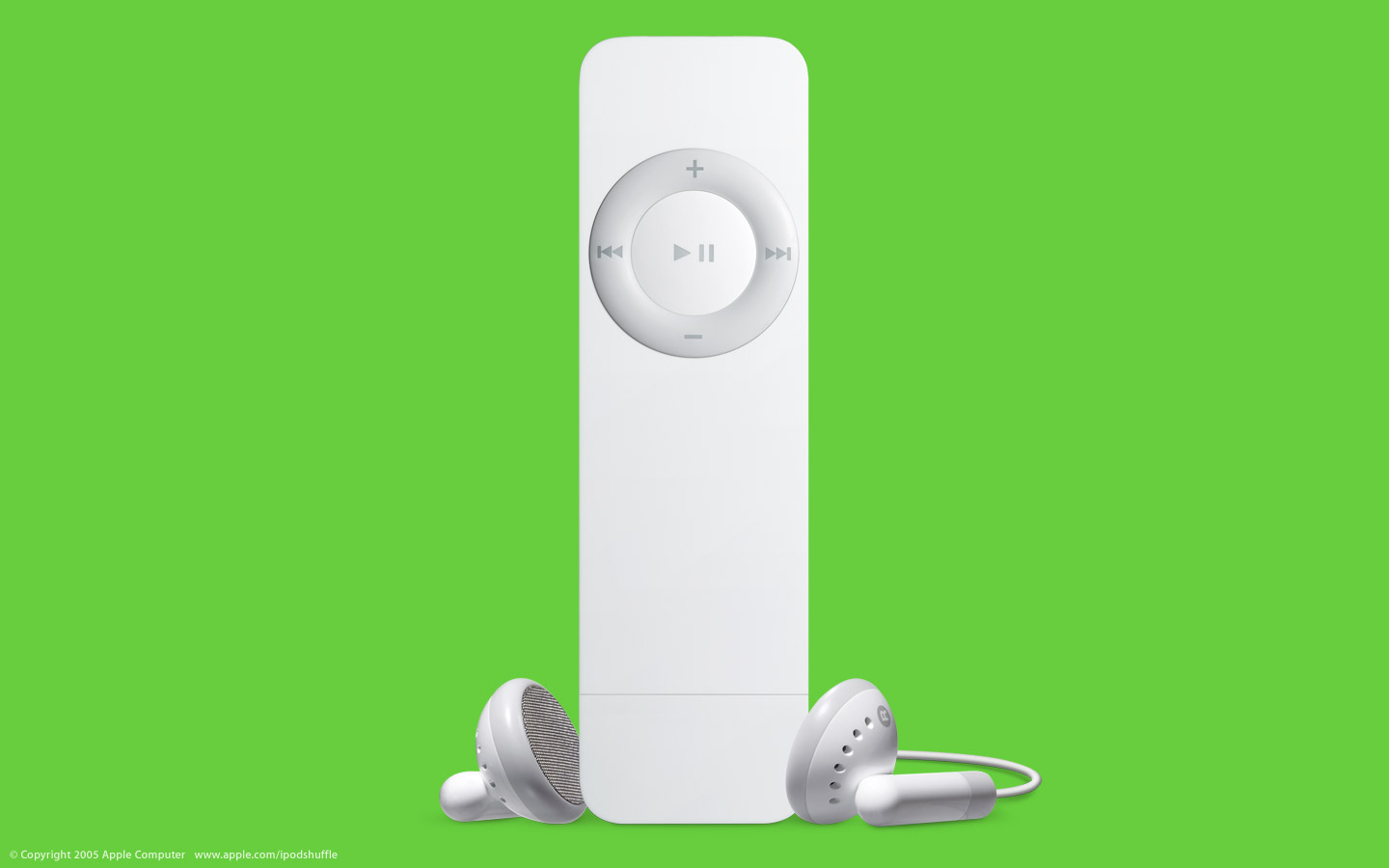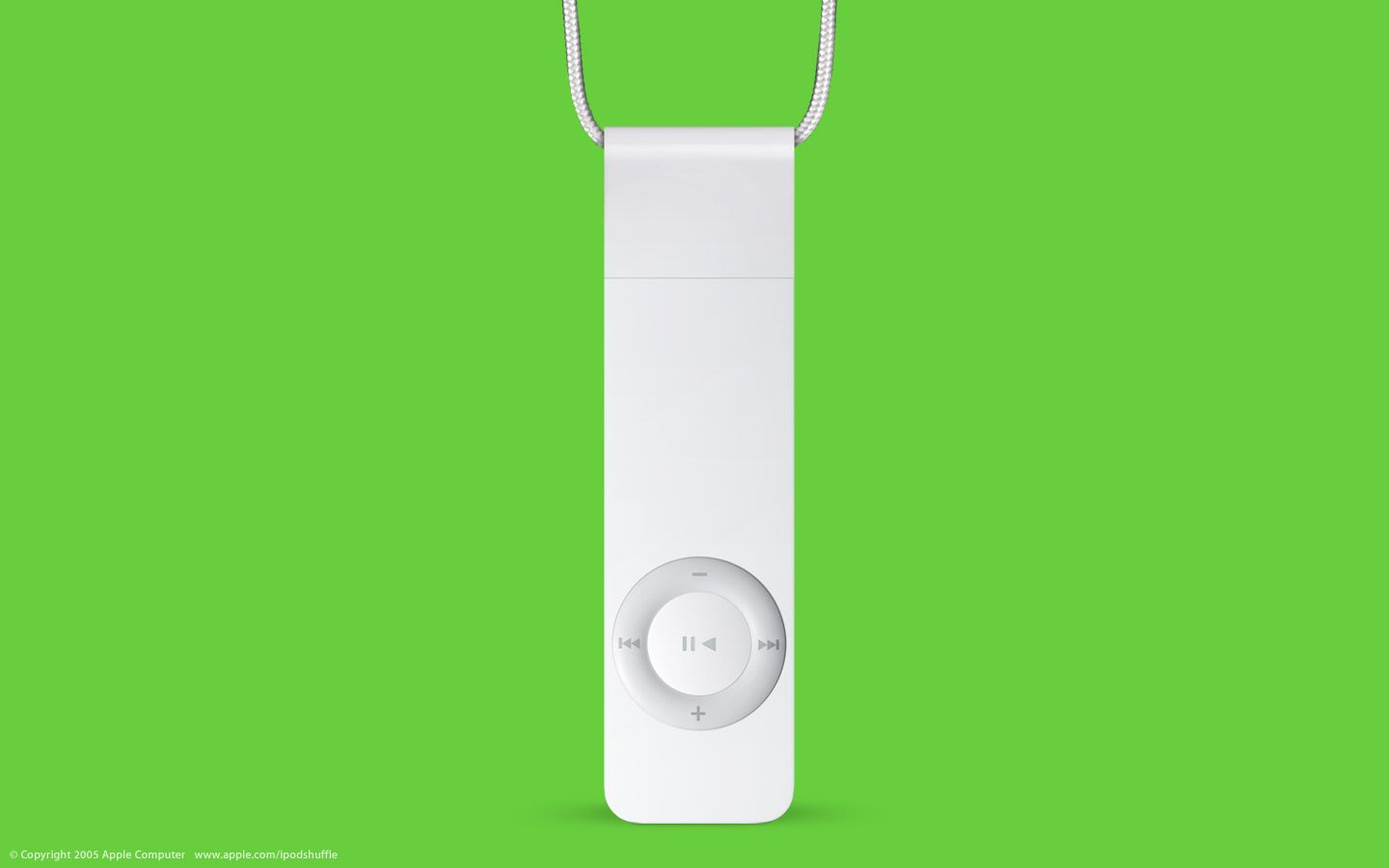On January 11, 2005, Steve Jobs introduced the new iPod shuffle to the world. At first glance, the slim portable music player attracted attention with its absence of a display, and its main function was completely random playback of downloaded songs.
But this in no way meant that users were completely dependent on what their iPod shuffle served them - the player had the usual buttons for controlling playback. Its owners could therefore pause, start and skip songs backwards and forwards as they were used to from other players.
Pocket musical genius
The Shuffle was the first iPod to boast flash memory. It was connected to the computer via a USB interface and was available in 512MB and 1GB variants. Releasing a portable music player based on completely random song playback may seem like a silly idea at first glance, but it worked brilliantly in its day.
Reviews at the time highlighted the iPod shuffle's compactness and light weight, relative affordability, design, decent sound quality, and seamless integration with iTunes. The absence of a display or equalizer and a low transmission speed were mostly mentioned as minuses.
The first generation could also serve as a USB flash drive, with users able to choose how much of the storage would be reserved for files and how much for songs.
The iPod shuffle caused quite a stir in both lay and professional circles. Journalist Steven Levy even published a book called "The Perfect Thing: How the iPod shuffles surprises Commerce, Culture and Coolness." The player inspired Levy so much that he even arranged the chapters in the aforementioned work completely randomly.
No display, no problem?
An interesting, but not untypical step for Apple, was that the company decided to remove the display from its player at a time when other manufacturers, on the other hand, were trying to get the most out of the displays of their players. Of course, this solution was not completely without problems.
The most pressing was the low level of awareness among users about what was going on with their iPod shuffle. In case of problems, it started to flash in color, but its owners had no way of finding out what the problem was, and if the problems did not disappear even after the obligatory switch off and on, people had no choice but to visit the nearest Apple Store.
The speech of numbers
Despite the partial problems, the iPod shuffle was a success for Apple. Its price played a big part in it. In 2001, it was possible to buy an iPod for at least $400, while the price of the iPod shuffle ranged between $99 and $149, which not only changed its user base, but also significantly expanded it.
